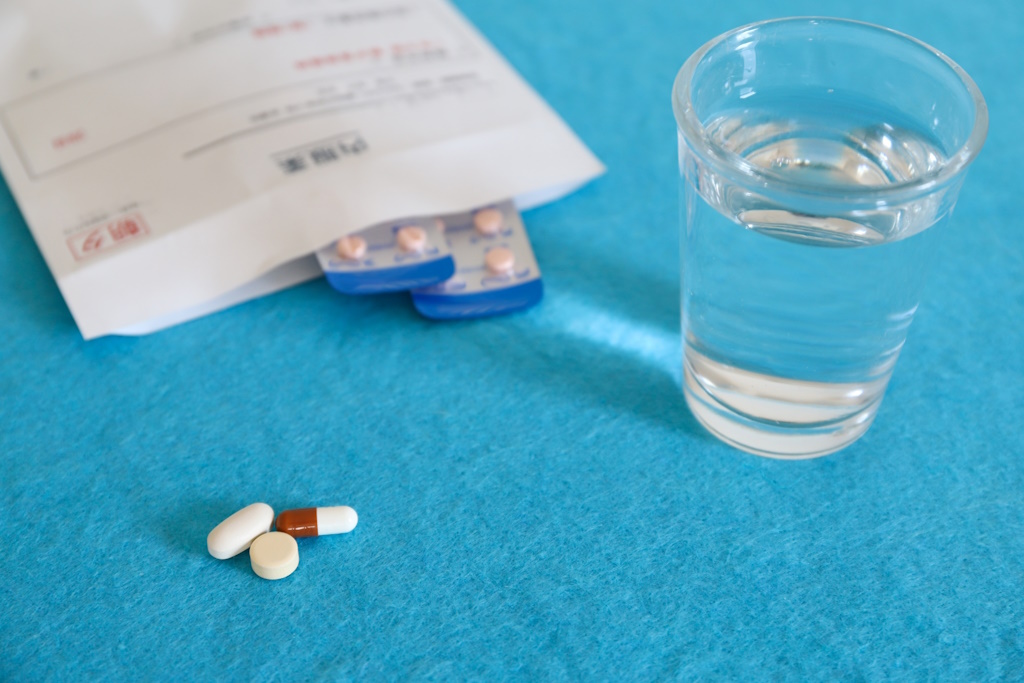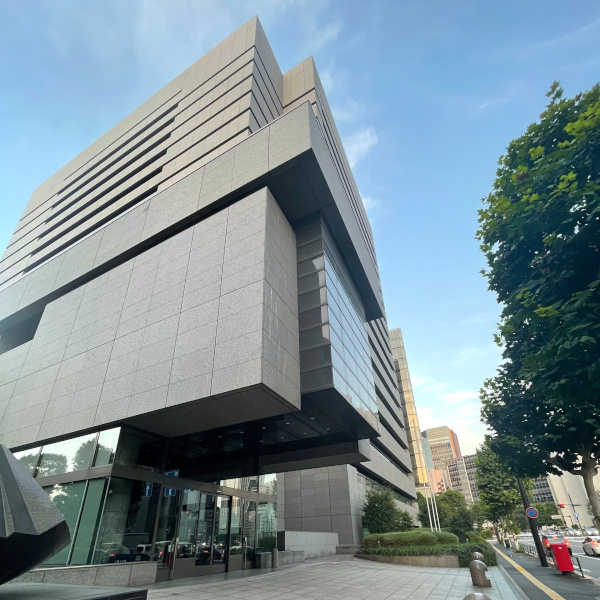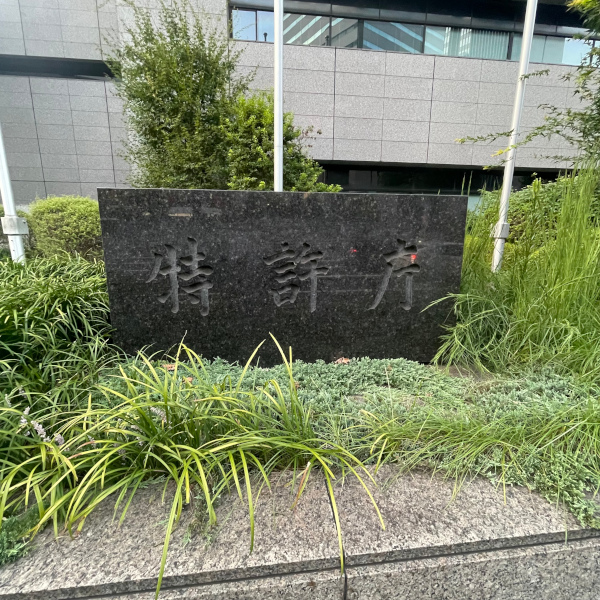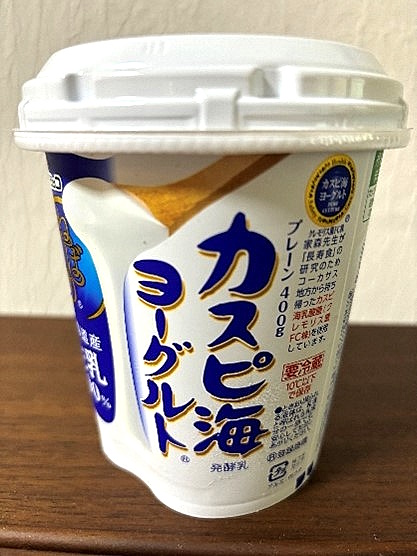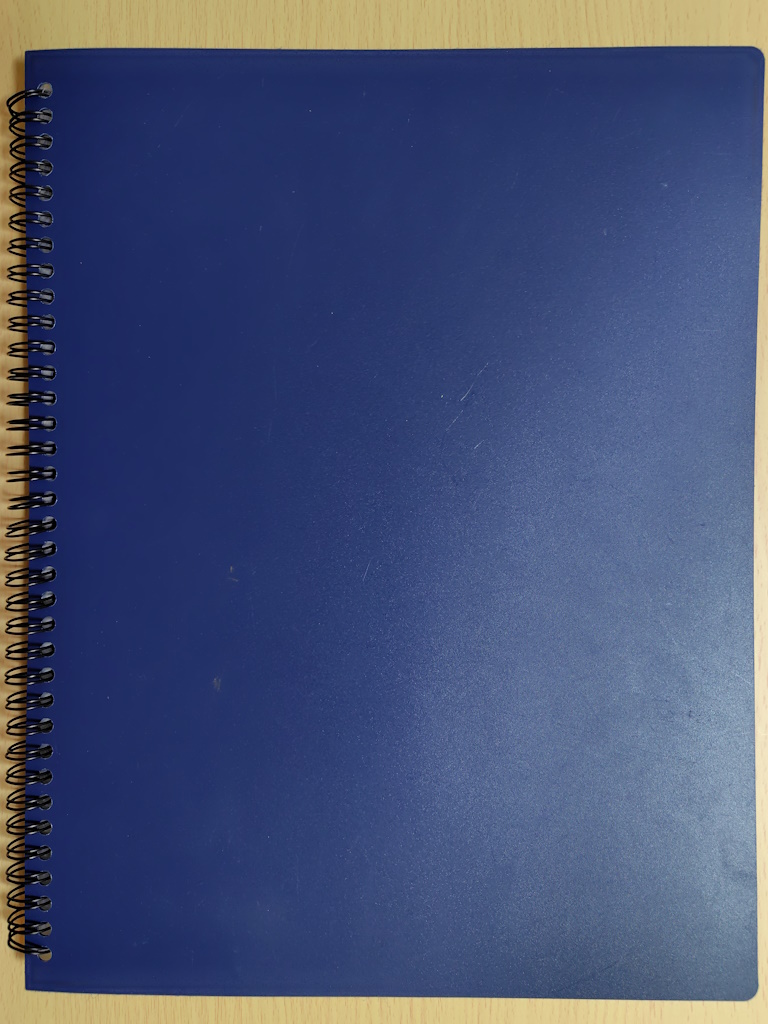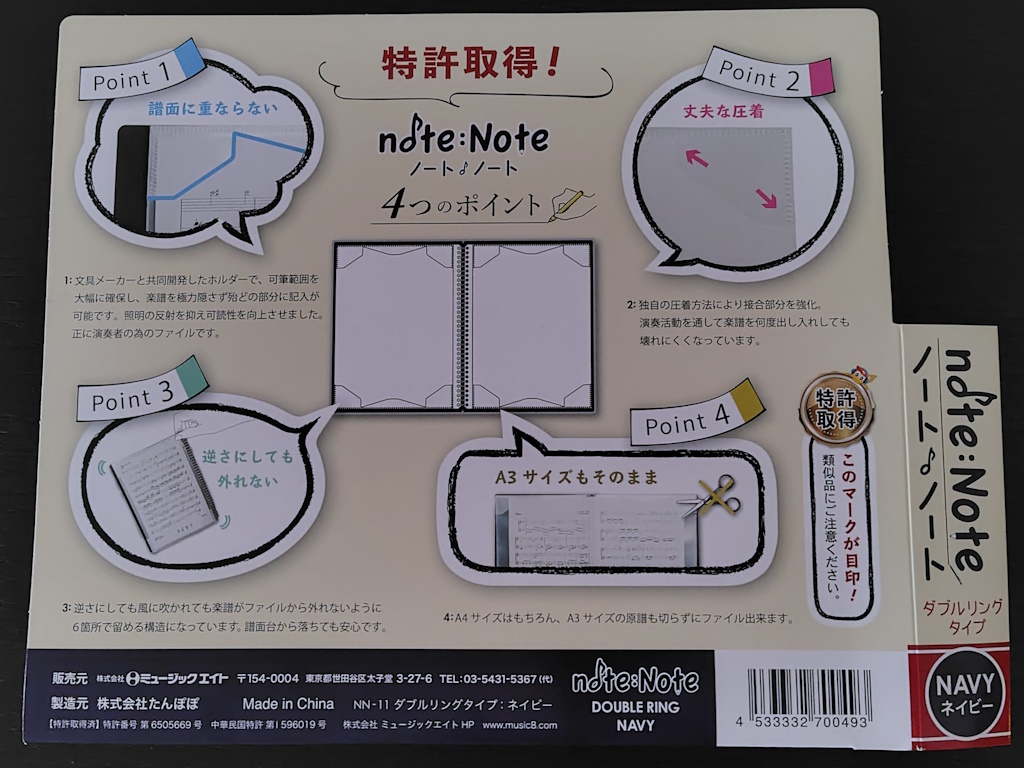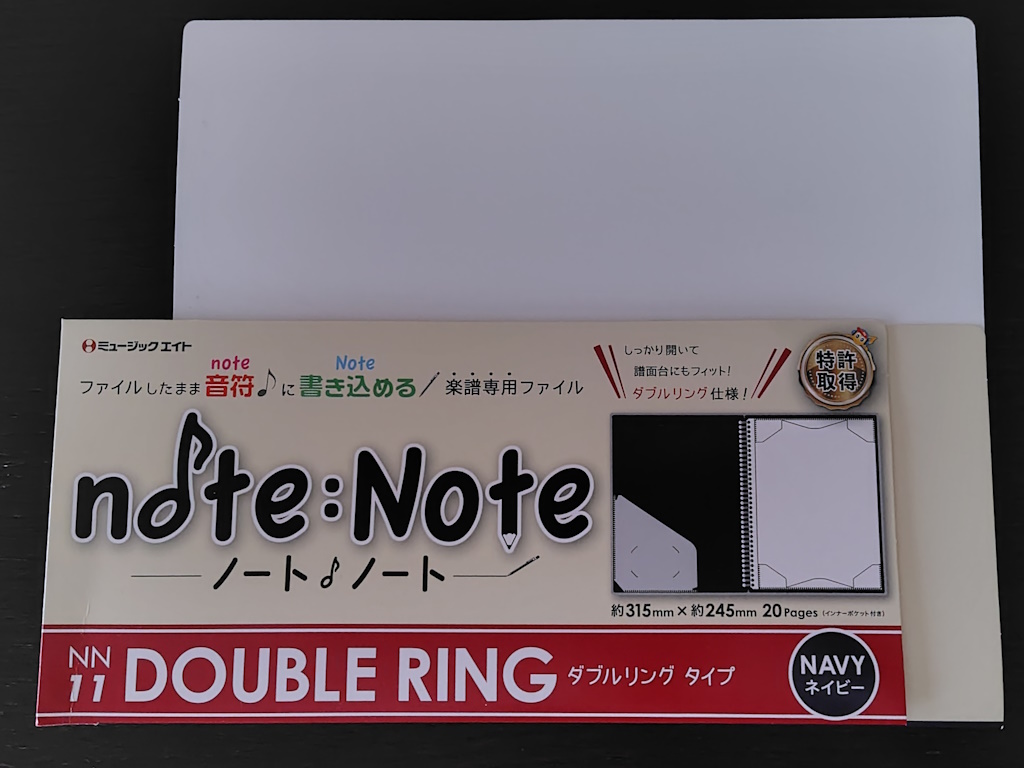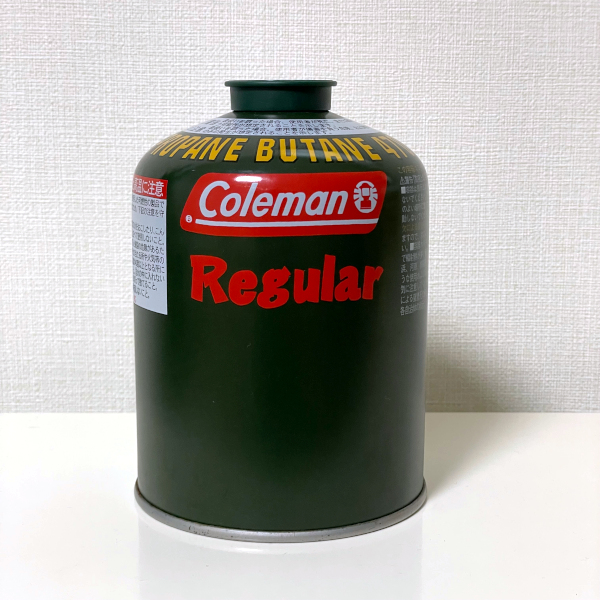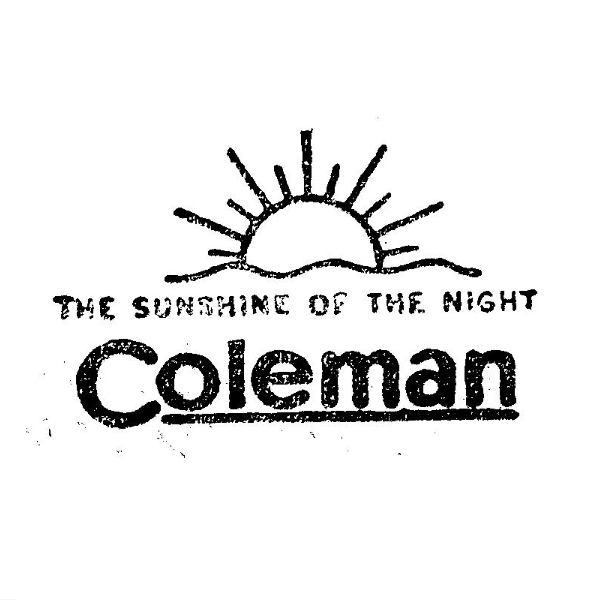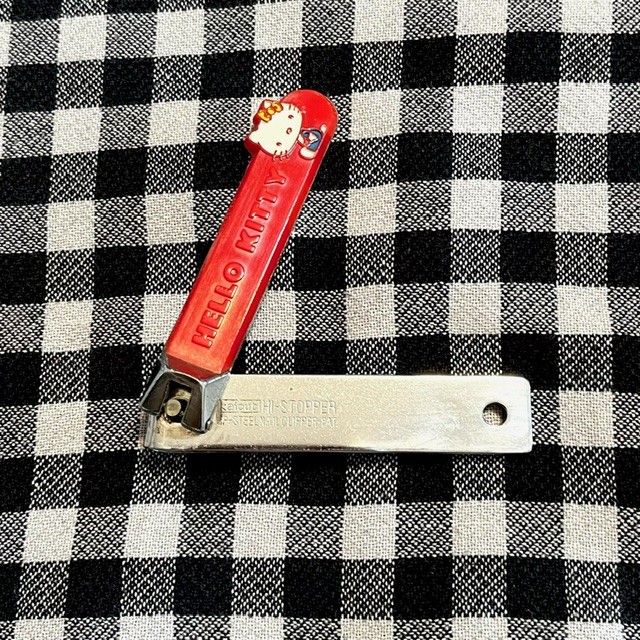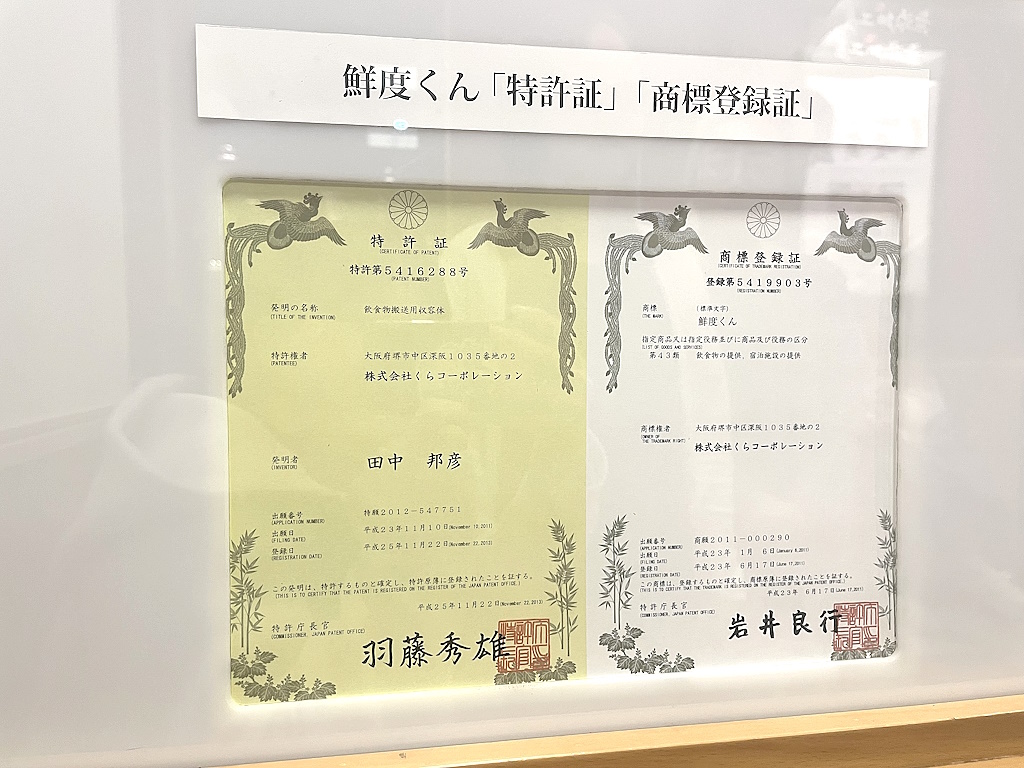This article introduces a patented invention that uses scientific methods to solve the problem of customer harassment.
In the invention of Japanese Patent No. 7164793 “Speech Processing System, Speech Processing Device, and Speech Processing Method” (patent holder: SoftBank Corp.), a speech signal from a customer speaking to a call center operator is recognized by a speech processing device. If a specific word sequence is detected in the speech signal that insults the listener, denies the listener’s character, or otherwise makes the listener feel uncomfortable, the specific word sequence is removed or replaced with another word sequence. In addition, the customer’s emotions are evaluated, and if the anger level is high, a synthesized voice with suppressed emotions is output. This reduces the stress on the operator.
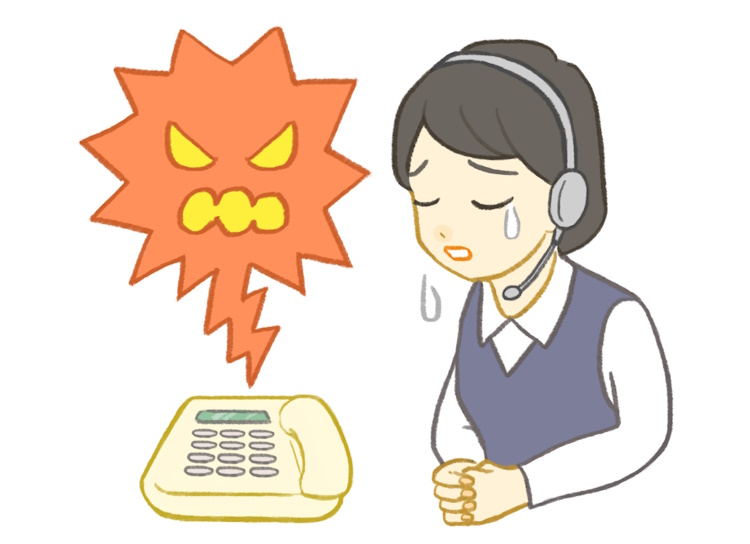
In the invention of Japanese Patent No. 7384558 “Harmful Behavior Detection System and Method” (patent holder: Hitachi Systems, Ltd.), for example, the harmful behavior detection system detects and supports responses to harmful behavior such as malicious complaints from customers to store staff in stores. If a shop assistant receives a malicious complaint from a customer, the information terminal will detect words that indicate the possibility of harmful behavior from the voice data that has been recognized by voice recognition, and send it to the server. The server will make a judgment regarding the status of the malicious complaint, and if the degree of the malicious complaint is high, a security guard will be dispatched immediately.
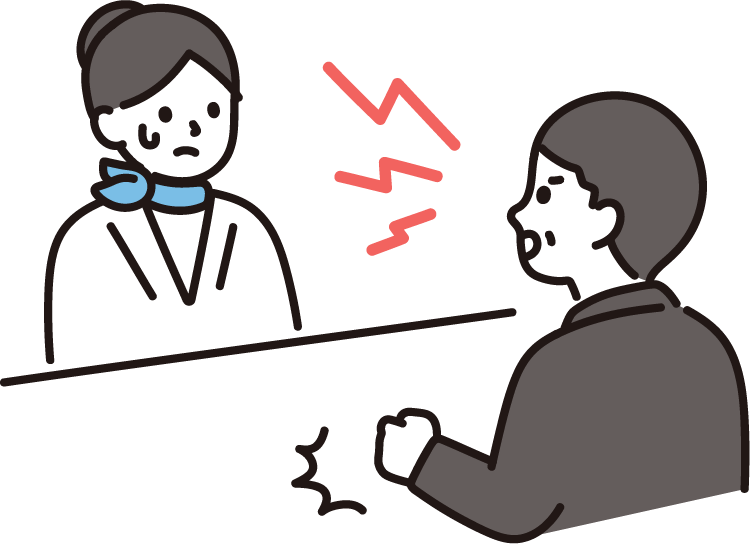
In Tokyo, the Customer Harassment Prevention Ordinance will come into effect on April 1st, 2025. It is hoped that providers of goods and services and customers (consumers) will respect each other’s positions, and that a fair and sustainable society free from customer harassment will be realized. (Conan)
